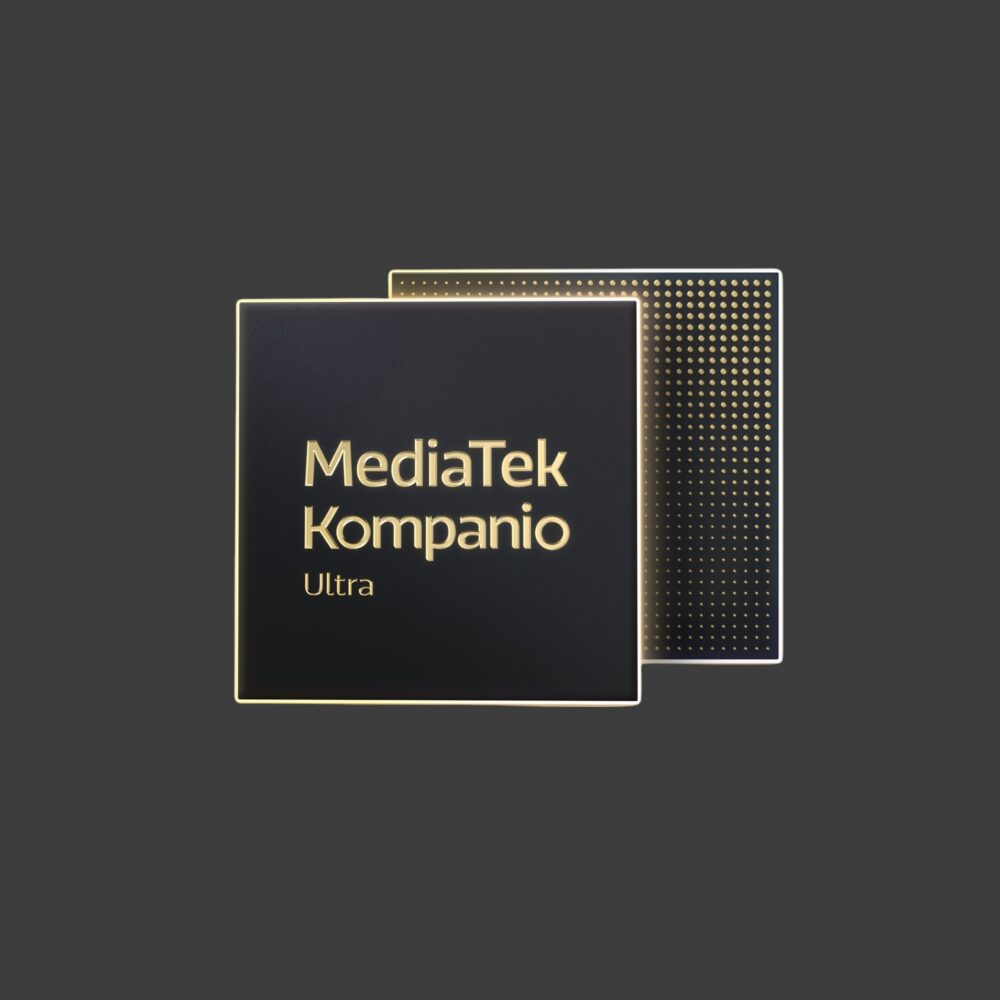It is the era of the mirrorless camera and Nikon has come up with some seriously good cameras which give a tough fight to the big names in the mirrorless segment. Their latest addition to this segment is the Nikon Z50. This is a DX format camera, i.e. one which has an APS-C (crop) sensor. It has a resolution of 20.9 MP and uses the same Expeed 6 processor as the Z6 and Z7.
Being a Z-series camera, it uses the same Z-mount of lenses as the full-frame Nikon mirrorless cameras. So lenses that fit the Z6 / Z7 can also be used for the Z50 without the need for an adapter / converter.

Features:
The first thing I noticed when I took the camera in my hand is that it is super lightweight at just 395 gms (body only). Even with the kit lens (16-50mm), it still doesn’t feel heavy at all for an APS-C camera. It has a native ISO range of 100 – 51,200 which can be extended upto 204,800 which is quite impressive.
The auto-focus works really well thanks to the 209 auto-focus points, and I was impressed by the Eye-detection auto-focusing capabilities of this camera.

The Nikon Z50 is capable of shooting 4K UHD videos up to 30fps and can shoot stills up to 11 fps. For those who like their videos more dramatic, they can also shoot in slo-mo up to 120 fps!
It features a 3.2″ touchscreen TFT LCD monitor which you can use to control the various setting while shooting and viewing the media. It tilts downwards to 180° and upwards too. That being said, it has a selfie mode. This works when the screen is fully tilted downwards. It looks a bit weird since a lot cameras have a screen that tilts upwards for selfies; but it gets the job done.

Nikon has targeted this camera towards the Instagram generation and has added the ability to trim videos in the camera itself. For stills, it also has “creative picture controls” which are like filters that add an artistic touch to your images. Using the in-built bluetooth and wi-fi connectivity you can transfer the media to your smartphone with the help of the Nikon Snapbridge app and you’re ready to post them online.

Imaging:
The Nikon Z50 shoots photos of really good quality. The wide ISO range, and the Expeed 6 processor surely helps in this regard. The colours look good; a bit vibrant but still realistic. Of-course you cannot compare it to their full frame variants, but the photos are fantastic for a camera of this stature. The photos have good detail to them as well as the dynamic range. They do get a bit grainy in higher ISO settings but that isn’t unexpected.

Videos:
Having marketed this camera more for videos than stills, I was keen on trying that out, though I’m not much of a videographer. The Z50 shoots 4K UHD videos up to 30fps. I was shooting a video at 30 fps, and there was some light flicker; switching to 25fps was easy and there was no flicker then.
Another day, I went to the most photographed location in the city, to shoot a video – Dubai Fountain outside the Burj Khalifa. The video quality is good, but I did not find it to be as stable as expected. I was shooting handheld and I definitely expected more from this one.

Hardware and Ergonomics:
As stated previously, the camera feels really lightweight. That being said, it also fits snugly in your hand and is really easy to hold. This certainly makes for a great travel camera.
The various controls are positioned very thoughtfully and it pushes the right buttons (pun intended). The control dial also has a button which toggles between videos and stills.
A thoughtful feature is that the viewfinder is extended a little bit. In most camera, you’d end up smudging the screen with your face while looking through the viewfinder, but since the Z50 has an extended one, you avoid this and it is also comfortable ergonomically.
The battery life is rated at 300 shots (CIPA), and I feel it could have been better.
Something which came across as a bit weird is that the focus assist lamp is green in colour as opposed to most cameras that have a red / orange one.

Drawbacks:
The camera is great overall, although there are a few bits about it that could be worked upon. The screen isn’t articulate but only tilts, making it a bit hard when you’re shooting portraits, especially from a lower angle. Also, if you plan to use it in selfie mode along with the tripod, then the tripod would block your view of the screen.
It has a single card slot that is only compatible with USH-I cards. It seems quite a drop considering their flagship mirrorless uses a superfast XQD card.
It has a micro USB cable which can be used for charging and transferring photos. It would have been nice to see the newer USB-C which is becoming quite the standard.
The battery life is just about acceptable; they could have done better in this regard.

Other alternatives to consider:
No doubt the Z50 is a great camera, although it is relatively new to the mirrorless segment, and there are other alternatives that you can consider before buying this, such as the Fuji XT-30 or the Sony A6400.






